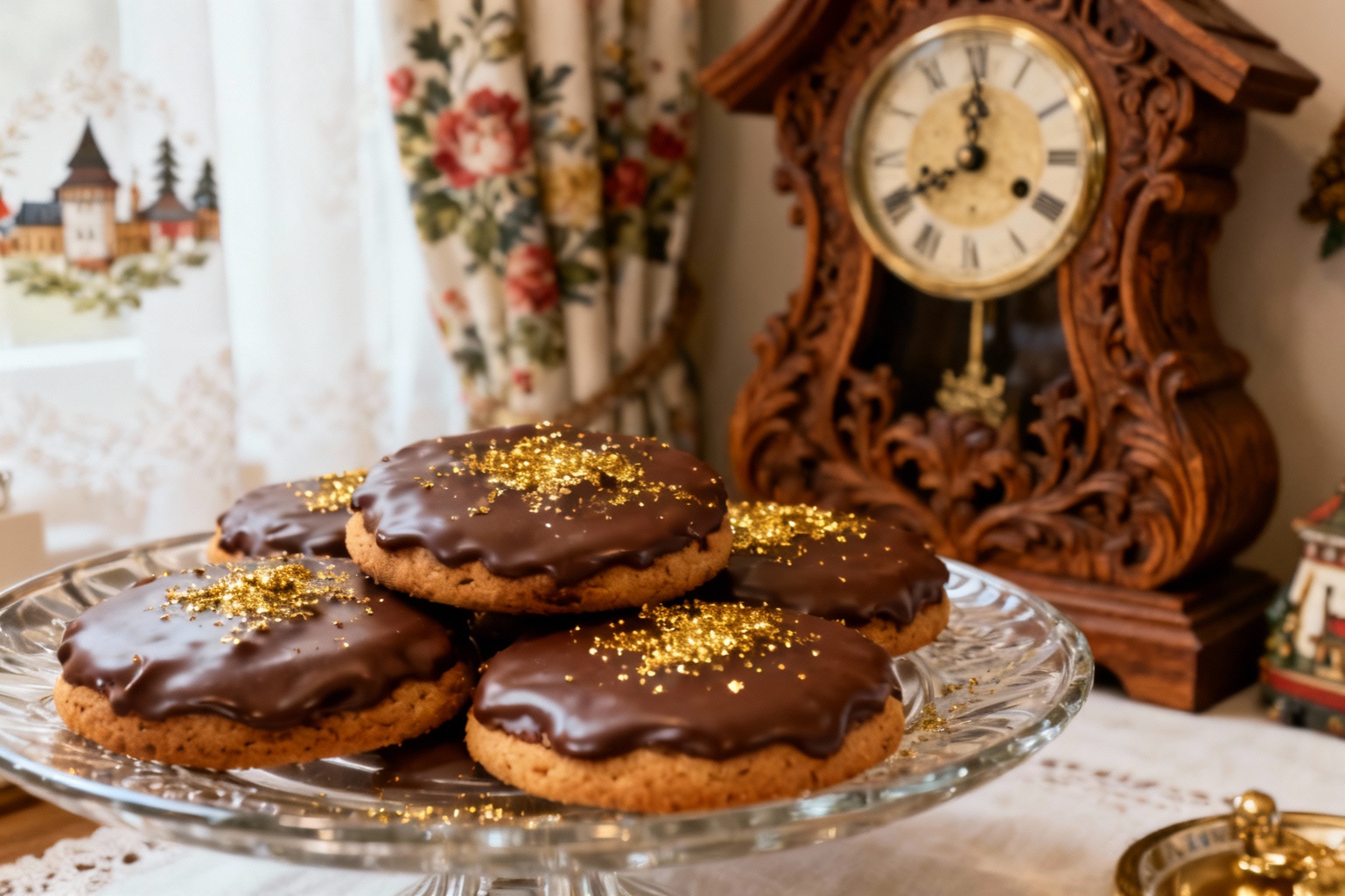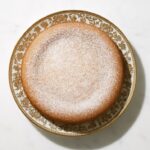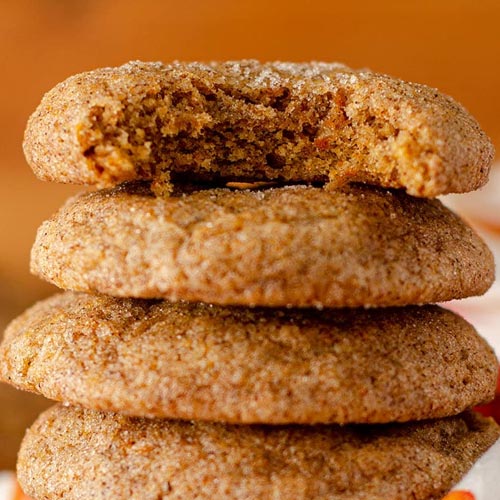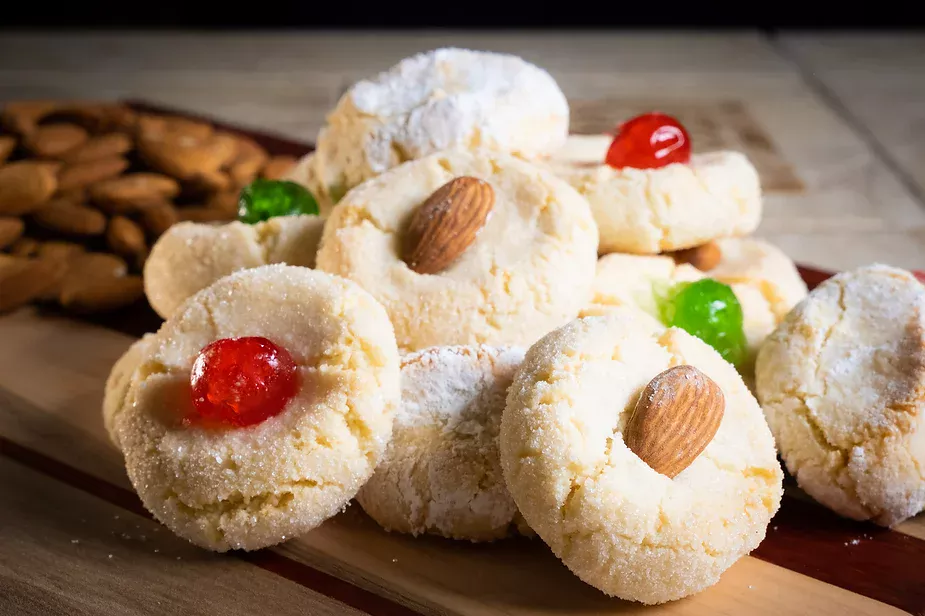Lebkuchen: A Holiday Favorite Around the World
Among all the treats that fill German homes during the holidays, few are as beloved as Lebkuchen. These soft, spiced cookies aren’t just tasty, they carry centuries of tradition, stories, and seasonal charm.
Lebkuchen dates back to 13th-century Franconia, especially the medieval city of Nuremberg. Monks there began baking early versions in monasteries. They used local honey, flour, and exotic spices like cinnamon and cloves brought in through busy trade routes. Back then, these cookies weren’t just holiday snacks, they were seen as “health bread.” People believed the rich mix of spices had healing powers. In many ways, Lebkuchen started as comfort food for both body and soul.
Over the years, that simple monk’s recipe grew into a holiday tradition. The scent of honey, spices, and roasted nuts became part of the Christmas season. Nuremberg still leads the way—it’s the heart of Lebkuchen culture. Today, only cookies made in the city can legally carry the name Nürnberger Lebkuchen, just like Champagne must come from France. At German Christmas markets, you’ll spot them everywhere: in tins, at festive stalls, or shaped like hearts with icing messages.
A Holiday Cookie with Endless Variations
Lebkuchen keeps evolving without losing its roots. Classic recipes still shine, especially Elisenlebkuchen, made with premium nuts and hardly any flour. But modern bakers love to experiment. Some add candied orange peel, marzipan, or a splash of rum. Others dip them in dark chocolate or top them with a sugar glaze. There’s a version out there for everyone.
Oblaten Wafers Matter in German Christmas Cookies
If you’ve ever had a piece of traditional German Lebkuchen and wondered what that thin, papery layer on the bottom was congrats, you’ve met an Oblate. These delicate little wafers are often overlooked, but they’re quietly doing a lot of the heavy lifting in classic recipes like Elisenlebkuchen.
Oblaten don’t taste like much (and that’s the point). They’re there to keep the sticky, nutty dough from turning into a gooey mess on your baking sheet. Think of them as the practical friend who always brings parchment paper to the cookie party. They hold everything together, make baking easier, and give Lebkuchen that clean, traditional shape that feels unmistakably old-world.
Growing up, I didn’t think much about the wafer underneath. I was all about the chocolate glaze and spicy aroma. But now, when I bake Lebkuchen myself, the Oblaten feel like a quiet connection to generations of German bakers before me.
You can usually find them online or in European grocery stores around the holidays. And if you can’t? Don’t stress—Lebkuchen will still taste amazing. But if you’re aiming for that authentic Christmas market vibe, those humble little wafers are worth tracking down.
Variations
Elisenlebkuchen
Known as the premium variety of traditional Lebkuchen,
Elisenlebkuchen is prized for its rich flavor, soft texture, and high nut content, containing at least 25% almonds, hazelnuts, or walnuts, and very little flour. This luxurious holiday treat is said to be named after a baker’s daughter, Elise, and is often made with warm spices like cinnamon, cloves, and nutmeg. Baked on delicate Oblaten wafers and finished with a chocolate or sugar glaze. A must-have during the Christmas season in Germany. This spiced cookie delivers festive flavor in every bite.
Chocolate-Dipped Lebkuchen
Once baked and cooled, dip cookies in melted dark chocolate.
Optional: Top with crushed nuts, candied ginger, or a pinch of sea salt while the chocolate is still wet.
Nut-Topped Lebkuchen
Before baking, press a whole almond, hazelnut, or pecan half into the center of each cookie.
Adds crunch and a beautiful rustic look.
Citrus-Spiced Lebkuchen
Add extra orange or lemon zest to the dough.
Use candied orange peel or lemon peel for a brighter, more refreshing flavor.
Boozy Lebkuchen
Add 1–2 tablespoons of dark rum, brandy, or even Amaretto to the dough.
Enhances the spice profile and gives a grown-up warmth to each bite.
Coconut Lebkuchen
Replace part of the ground nuts with finely shredded coconut (unsweetened).
Adds a soft chew and subtle tropical twist.
Vegan Lebkuchen
Use maple syrup or agave instead of honey.
Swap eggs with flax eggs (1 tbsp ground flax + 3 tbsp water per egg).
Use dairy-free chocolate for glazing.
Decorated Lebkuchen Hearts (Lebkuchenherzen)
Roll out dough and cut into heart shapes.
After baking, decorate with royal icing messages (like “Ich liebe dich” or “Frohe Weihnachten”).
Popular at German Christmas markets and Oktoberfest.
Storage
To keep your Lebkuchen fresh and flavorful, proper storage is essential. Store the cookies in an airtight container at room temperature, away from direct sunlight or heat. When stored correctly, Lebkuchen can last for 2 to 4 weeks, and their flavor often improves over time as the spices continue to meld. For longer storage, you can freeze, just wrap them individually in plastic wrap and place them in a freezer-safe container. Thaw at room temperature before serving for the best texture and taste.













